How to Find the Best Engineering Construction Services for Your Project
Engineering construction services are essential for any project that involves designing, building, or maintaining complex structures, systems, or facilities. Whether you need to construct a new bridge, renovate an airport, or upgrade a power plant, you need to hire a professional engineering firm that can deliver high-quality results on time and within budget. But how do you find the best engineering construction services for your project? How do you evaluate the qualifications, experience, and reputation of different engineering firms? How do you compare their proposals, fees, and contracts? And how do you ensure a smooth and successful collaboration throughout the project lifecycle?
In this blog post, we will guide you through the process of finding the best engineering construction services for your project. We will cover the following steps:
- Define your project scope and objectives
- Identify potential engineering firms
- Research and shortlist engineering firms
- Request and review proposals
- Negotiate and sign a contract
- Manage and monitor the project
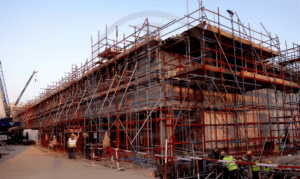
By following these steps, you will be able to find the best engineering construction services for your project and achieve your desired outcomes. Let’s get started!
Step 1: Define your project scope and objectives to get the best engineering construction services
The first step in finding the best engineering construction services for your project is to define your project scope and objectives. This means clarifying what you want to achieve, why you want to achieve it, and how you want to achieve it.
Your project scope and objectives should include the following elements:
- The purpose and goals of your project
- The scope and specifications of your project
- The budget and timeline of your project
- The quality and performance standards of your project
- The risks and challenges of your project
- The stakeholders and expectations of your project

Defining your project scope and objectives will help you communicate your vision and requirements to potential engineering firms. It will also help you evaluate their proposals and capabilities. You should document your project scope and objectives in a clear and concise manner, using diagrams, drawings, or other visual aids if necessary.
Step 2: Identify potential engineering firms to get the best engineering construction services
The next step in finding the best engineering construction services for your project is to identify potential engineering firms that can meet your project needs. There are several ways to find potential engineering firms, such as:
- Asking for referrals from your network, such as colleagues, friends, or industry associations
- Searching online for engineering firms that specialize in your project type, sector, or location
- Reviewing online directories, databases, or rankings of engineering firms.
- Contacting local or regional engineering associations or regulatory bodies for recommendations or verification
When identifying potential engineering firms, you should consider the following factors:
- The size and structure of the engineering firm
- The services and expertise of the engineering firm
- The experience and portfolio of the engineering firm
- The reputation and references of the engineering firm
- The availability and capacity of the engineering firm
You should aim to identify at least three to five potential engineering firms that match your project criteria and expectations. You should also verify their credentials, licenses, and insurance before contacting them.
Step 3: Research and shortlist engineering firms to get the best engineering construction services
The third step in finding the best engineering construction services for your project is to research and shortlist engineering firms that you want to invite to submit proposals. To do this, you should:
- Visit their websites and social media pages to learn more about their history, vision, values, and culture.
- Review their services and expertise to see if they offer the specific engineering disciplines, technologies, or methodologies that you need.
- Examine their experience and portfolio to see if they have completed similar or relevant projects in the past, and check the quality, scope, and outcomes of their work.
- Read their testimonials and reviews to see what their clients say about their performance, professionalism, and satisfaction.
- Contact their references and ask for feedback on their strengths, weaknesses, and areas of improvement.
Based on your research, you should shortlist the engineering firms that you think are the most qualified, experienced, and reputable for your project. You should also prepare a list of questions that you want to ask them during the proposal process, such as:
- How do you approach engineering construction projects like mine?
- What are the main challenges or risks that you foresee in my project, and how would you overcome them?
- What are the key deliverables and milestones that you would provide in my project, and what are the quality and performance measures that you would use?
- How do you manage your project team, resources, and subcontractors, and what are the roles and responsibilities of each member?
- How do you communicate and collaborate with your clients, and what are the tools and methods that you use?
- How do you handle changes, issues, or disputes that may arise during the project, and what are the procedures and policies that you follow?
- How do you ensure the safety, security, and sustainability of your project, and what are the standards and certifications that you comply with?
- How do you calculate your fees and expenses, and what are the payment terms and conditions that you require?
These questions will help you assess the capabilities, compatibility, and credibility of the engineering firms that you shortlist.
Step 4: Request and review proposals to get the best engineering construction services
The fourth step in finding the best engineering construction services for your project is to request and review proposals from the engineering firms that you shortlist. A proposal is a document that outlines the engineering firm’s approach, plan, and budget for your project. It should include the following sections:
- Executive summary: A brief overview of the engineering firm’s background, qualifications, and value proposition for your project
- Project understanding: A detailed description of the engineering firm’s understanding of your project scope, objectives, and requirements.
- Project approach: A comprehensive explanation of the engineering firm’s methodology, strategy, and solution for your project
- Project team: A profile of the engineering firm’s project team, including their roles, responsibilities, and credentials.
- Project schedule: A timeline of the engineering firm’s project activities, deliverables, and milestones
- Project budget: A breakdown of the engineering firm’s project costs, fees, and expenses
- Project references: A list of the engineering firm’s previous or current projects that are similar or relevant to your project, along with their contact information.
- Project terms and conditions: A summary of the engineering firm’s project terms and conditions, such as scope, quality, performance, payment, warranty, liability, and termination
You should request proposals from at least three engineering firms that you shortlist and give them a reasonable deadline to submit their proposals. You should also provide them with any additional information or documents that they may need to prepare their proposals, such as your project scope and objectives, specifications, drawings, or contracts.
Once you receive the proposals, you should review them carefully and compare them based on the following criteria:
- Quality: The quality of the engineering firm’s work, deliverables, and outcomes
- Experience: The experience of the engineering firm in your project type, sector, or location
- Expertise: The expertise of the engineering firm in the specific engineering disciplines, technologies, or methodologies that you need
- Reputation: The reputation of the engineering firm in the industry, market, or community
- Compatibility: The compatibility of the engineering firm with your vision, values, and expectations
- Value: The value of the engineering firm’s proposal, considering the benefits, costs, and risks
You should also check the accuracy, completeness, and clarity of the proposals, and ask for clarifications or revisions if necessary. You should also verify the references and testimonials that the engineering firms provide and contact them for further feedback.
Step 5: Negotiate and sign a contract to get the best construction services
The fifth step in finding the best engineering construction services for your project is to negotiate and sign a contract with the engineering firm that you select. A contract is a legal agreement that defines the rights, obligations, and expectations of both parties in the project. It should include the following elements:
- Scope of work: A description of the engineering firm’s services, deliverables, and responsibilities in the project
- Schedule of work: A schedule of the engineering firm’s activities, milestones, and deadlines in the project
- Payment of work: A payment of the engineering firm’s fees, expenses, and taxes in the project
- Quality of work: A quality of the engineering firm’s standards, measures, and warranties in the project
- Performance of work: A performance of the engineering firm’s goals, indicators, and incentives in the project
- Change of work: A change of the engineering firm’s procedures, policies, and costs for any changes in the project
- Issue of work: An issue of the engineering firm’s methods, mechanisms, and remedies for any issues or disputes in the project
- Termination of work: A termination of the engineering firm’s conditions, consequences, and obligations for any termination of the project
- Other clauses: Any other clauses that are relevant or specific to the project, such as confidentiality, intellectual property, indemnity, insurance, arbitration, or force majeure.
You should negotiate the contract with the engineering firm that you select and try to reach a fair and mutually beneficial agreement. You should also consult a legal advisor or a contract specialist to review the contract and ensure that it is valid, enforceable, and compliant with the applicable laws and regulations. You should also make sure that you understand and agree with all the terms and conditions of the contract before signing it.
Step 6: Manage and monitor the project to get the best construction services
The final step in finding the best engineering construction services for your project is to manage and monitor the project throughout its duration. This involves:
- Communicating regularly with the engineering construction company and other stakeholders to ensure that the project is on track, within budget, and meeting the quality standards.
- Reviewing the progress reports and deliverables provided by the engineering construction company and providing feedback or approval as needed.
- Resolving any issues or conflicts that may arise during the project, such as changes in scope, schedule, or cost, and negotiating the best solutions for all parties.
- Evaluating the project outcomes and measuring the performance of the engineering construction company against the agreed-upon criteria and expectations.
By following these six steps, you can find the best engineering construction services for your project and ensure a successful and satisfying result. If you need more help or advice on finding the best engineering construction services in Saudi Arabia, feel free to contact us. We are a leading engineering construction company with over 20 years of experience in delivering high-quality projects across various sectors and industries. We would love to hear from you and discuss how we can help you with your project.
In conclusion, finding the best engineering construction services for your project is not an easy task, but it can be done with some careful research and planning. You need to consider the following factors:
– The reputation and experience of the engineering firm
– The quality and scope of the services they offer
– The cost and timeline of the project
– The communication and collaboration between you and the firm
By choosing Alhaddad for Engineering Consultants, you can rest assured that you will get the best engineering construction services in Saudi Arabia. We have a team of qualified and experienced engineers who can handle any type of project, from architecture design to construction project management. We offer competitive prices and flexible schedules, and we always keep you updated on the progress of your project. We are committed to delivering high-quality results that meet your expectations and satisfaction.

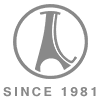
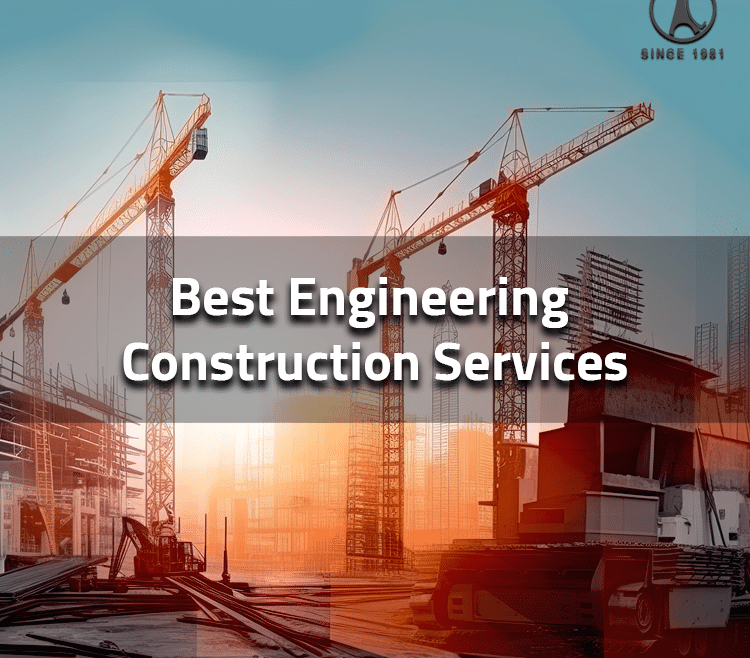
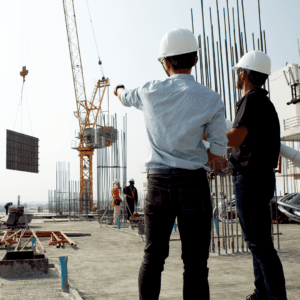

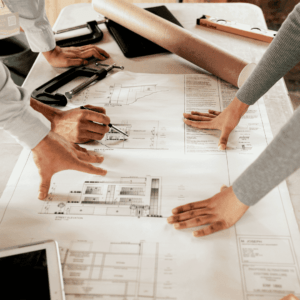


 What is Green Building and Why is it Important?
What is Green Building and Why is it Important? The Different Stages and Aspects of Green Building
The Different Stages and Aspects of Green Building